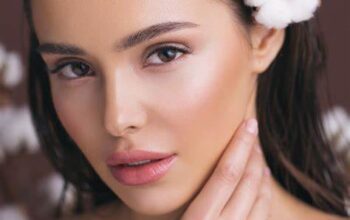CREATING YOUR OWN CUSTOM PERFUME
Perfume has been an integral part of human culture for centuries, with its ability to evoke emotions, memories, and enhance personal style. While there are countless commercially available perfumes on the market, creating your own custom perfume can be a deeply personal and rewarding experience. In this article, BEBE AKINBOADE provides a comprehensive guide to the art of creating custom perfumes, covering the history of perfumery, the basics of perfume composition, the different fragrance families, the selection and use of essential oils, and the step-by-step process of creating your own signature scent.
HISTORY OF PERFUMERY
The history of perfumery dates back to ancient civilizations such as Egypt, Mesopotamia, and the Indus Valley, where aromatic substances were used for religious rituals, burial practices, and personal adornment. The art of perfumery flourished in ancient Greece and Rome, with the development of sophisticated extraction techniques and the use of fragrant oils in bathing and massage. Perfumery continued to evolve throughout the Middle Ages and the Renaissance, with the establishment of trade routes for exotic spices, resins, and botanicals from the Far East and the Middle East. The modern perfume industry began to take shape in the 19th century with the synthesis of aromatic compounds and the commercial production of perfumes on a large scale.
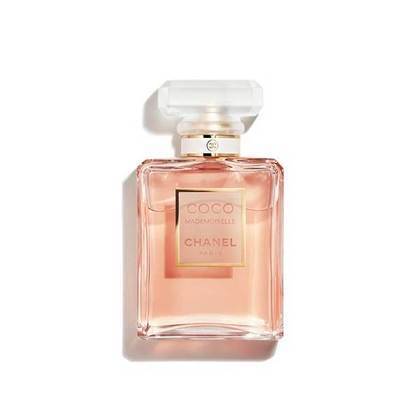
READ ALSO : EVERYDAY MAKEUP ROUTINE FOR A FRESH AND NATURAL LOOK
BASICS OF PERFUME COMPOSITION
Perfumes are composed of three main components: top notes, middle notes, and base notes. Top notes are the first impression of a perfume, typically light and refreshing, but they evaporate quickly. Middle notes, also known as heart notes, form the main body of the perfume and emerge once the top notes have faded. Base notes are the final phase of the perfume’s evaporation, providing depth, richness, and longevity to the scent. In addition to these components, perfumes also contain fixatives, which help to stabilize and prolong the fragrance, as well as solvents and diluents to ensure the proper diffusion of the scent.
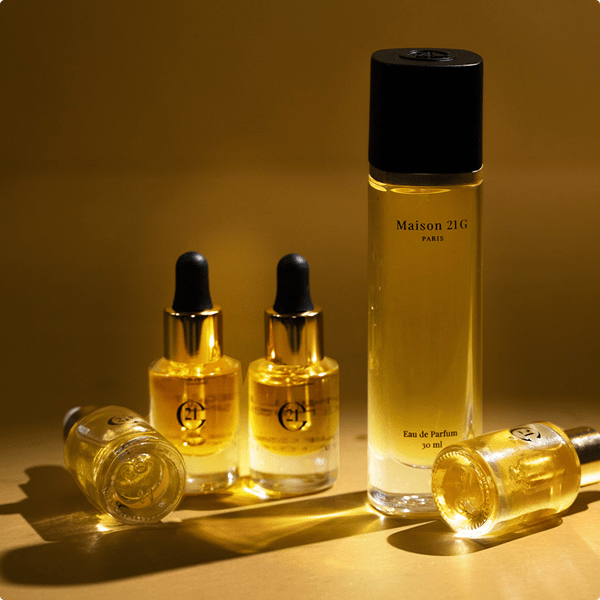
FRAGRANCE FAMILIES
Perfumes can be classified into different fragrance families based on their predominant olfactory characteristics. The main fragrance families include floral, oriental, woody, aromatic, citrus, and chypre. Floral fragrances are derived from the essences of flowers such as rose, jasmine, and lily of the valley, and are often associated with femininity and romance. Oriental fragrances are rich, spicy, and exotic, featuring notes of amber, vanilla, and incense. Woody fragrances are characterised by earthy, mossy, and woody notes such as sandalwood, cedar, and patchouli. Aromatic fragrances are fresh and herbaceous, with notes of lavender, rosemary, and sage. Citrus fragrances are light and invigorating, with the bright and zesty notes of lemon, orange, and bergamot. Chypre fragrances are complex and sophisticated, with a harmonious blend of oakmoss, bergamot, and labdanum.
SELECTION AND USE OF ESSENTIAL OILS
Essential oils are the building blocks of perfumery, derived from the aromatic compounds found in various parts of plants, including flowers, leaves, fruits, seeds, and roots. Each essential oil has its own unique olfactory profile, chemical composition, and therapeutic properties. When creating a custom perfume, it is essential to carefully select a combination of essential oils that harmonize with each other and align with the desired fragrance profile. Some popular essential oils used in perfumery include rose, jasmine, ylang-ylang, sandalwood, patchouli, bergamot, and lavender. Essential oils can be blended in different proportions to create a balanced and complex fragrance, taking into account their volatility, intensity, and tenacity.
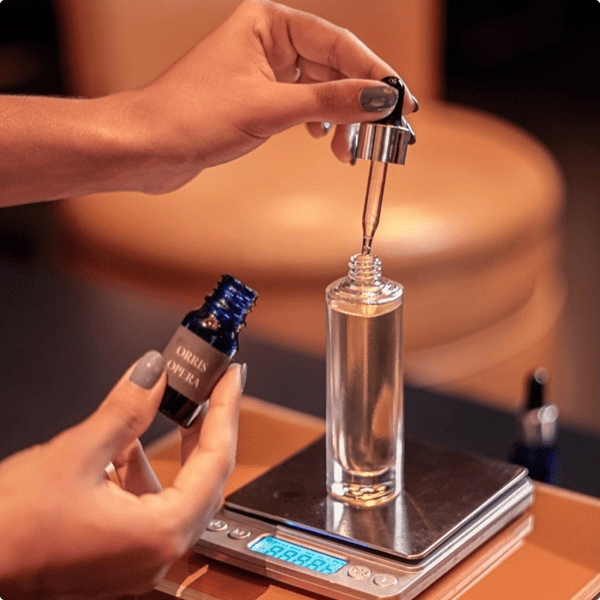
THE STEP-BY-STEP OF CREATING YOUR OWN SIGNATURE SCENT
Creating your own custom perfume is a creative and intuitive process that requires experimentation, patience, and a keen sense of smell. The following step-by-step process can serve as a guide for aspiring perfumers:
- Research and Inspiration: Begin by researching different fragrance families, studying the olfactory profiles of essential oils, and seeking inspiration from nature, art, literature, and personal experiences. Consider the mood, occasion, and personal style that you want your perfume to embody.
- Gathering Materials: Acquire a selection of high-quality essential oils, carrier oils, alcohol or perfumer’s alcohol, glass dropper bottles, and fragrance testing strips. It is important to use pure and natural ingredients to ensure the integrity and complexity of the final perfume.
- Creating a Scent Pyramid: Start by selecting the base notes that will form the foundation of your perfume, followed by the middle notes and the top notes. Experiment with different combinations and proportions of essential oils to achieve the desired balance and harmony.
- Blending and Dilution: Use a graduated cylinder or a pipette to measure the precise amounts of essential oils and carrier oils, and blend them together in a glass beaker or a perfume bottle. Dilute the essential oils with the carrier oils to create a concentrated perfume oil, and then further dilute it with alcohol to create an eau de parfum or eau de toilette.
- Aging and Maturation: Allow the perfume to mature and develop over time by storing it in a cool, dark place for at least a few weeks. This aging process allows the different components of the perfume to meld together and the scent to reach its full potential.
- Testing and Refinement: Use fragrance testing strips or apply the perfume directly to your skin to evaluate its scent progression, longevity, and silage. Make adjustments to the perfume formula as needed, and continue to refine it until you are satisfied with the final result.
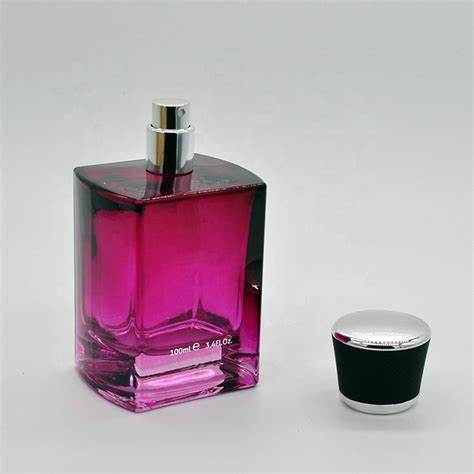
CONCLUSION
Creating your own custom perfume is a deeply personal and rewarding endeavour that allows you to express your creativity, individuality, and sensory preferences. By understanding the history of perfumery, the basics of perfume composition, the different fragrance families, the selection and use of essential oils, and the step-by-step process of creating a signature scent, you can embark on a journey of olfactory exploration and self-expression. Whether you are drawn to the timeless elegance of floral fragrances, the exotic allure of oriental fragrances, or the grounding warmth of woody fragrances, the art of perfumery invites you to engage all your senses and craft a scent that is uniquely yours.
- CREATING YOUR OWN CUSTOM PERFUME - April 27, 2024
- EVERYDAY MAKEUP ROUTINE FOR A FRESH AND NATURAL LOOK - April 6, 2024
- MIXING AND MATCHING PATTERNS LIKE A PRO - February 23, 2024


